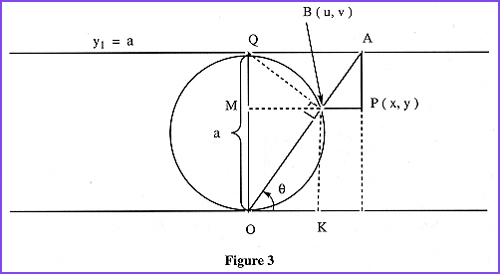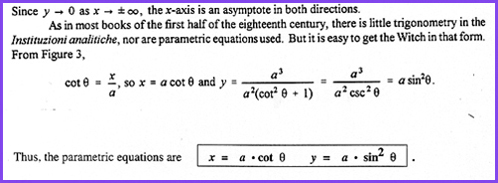


Please contact Student Disability Services as early in the term as possible, if you have not already done so. (This includes any problem set you did not submit.) The lowest score of one of your problem sets score on be dropped. Grades will be based on your performance on the problem sets (77%) and the final project (23%). Project plan/outline due by November 15th. The approximate length should be 5-20 pages, and the intended audience is your peers.ĭepending on your choice of topic, you may get quite far into this sequence, or the summary itself may comprise the majority of your paper. They will write and present an article summarizing (an interesting part of) its contents, pose a research question naturally arising in this work, and then, if time permits, try to answer it. In consultation with the instructors, students will choose a chapter or research article related to the course but outside the syllabus. If there are none, please indicate this by writing Sources consulted: none at the top of your submission.Ī final research project will be assigned in place of a final or exams. Late problem sets will not be accepted - your lowest score is dropped, so you can afford to skip one problem set without penalty.Ĭollaboration is permitted/encouraged, but you must write up your own solutions and explicitly identify your collaborators, as well as any resources you consulted that are not listed above.
#Agnes algebraic geometry pdf
Solutions are to be prepared in typeset form (typically via LaTeX) and submitted electronically as a pdf file via Gradescope by midnight on the due date (the first problem set will be due Friday, September 17). Weekly problem sets will be posted online.

#Agnes algebraic geometry free
It can be downloaded free of charge at the link above. Plane Algebraic Curves by Gerd Fischer (AMS bookstore)įulton is the book closest to the content of the course that is available.Algebraic Curves by William Fulton (pdf).In addition to the notes, we also recommend the following references: Please let us know if you find any typos. Notes for the course by Michael Artin (errata).We will follow the notes written for the course: It would be reasonable to spend a whole semester on plane The geometry of varieties of any dimension. They provide a good introduction, and as we will see, they govern Cohomology is introduced only for modules (aka quasicoherent sheaves).Theorems may not be stated or proved in their most general form.We work exclusively with quasiprojective varieties over the field of complex numbers.To help make the material accessible, we’ve made some simplifying restrictions: The most important are: Though algebraic geometry is usually taught assuming familiarity with commutative algebra, we won’tĪssume things beyond 18.702 (Algebra II) are known, and we will keep commutative algebra at a minimum. For this, it is essential that you becomeįamiliar with cohomology. Geometry, and you should be able to read some papers in the subject.

When you have completed this course, you will be well prepared for a graduate course in algebraic


 0 kommentar(er)
0 kommentar(er)
